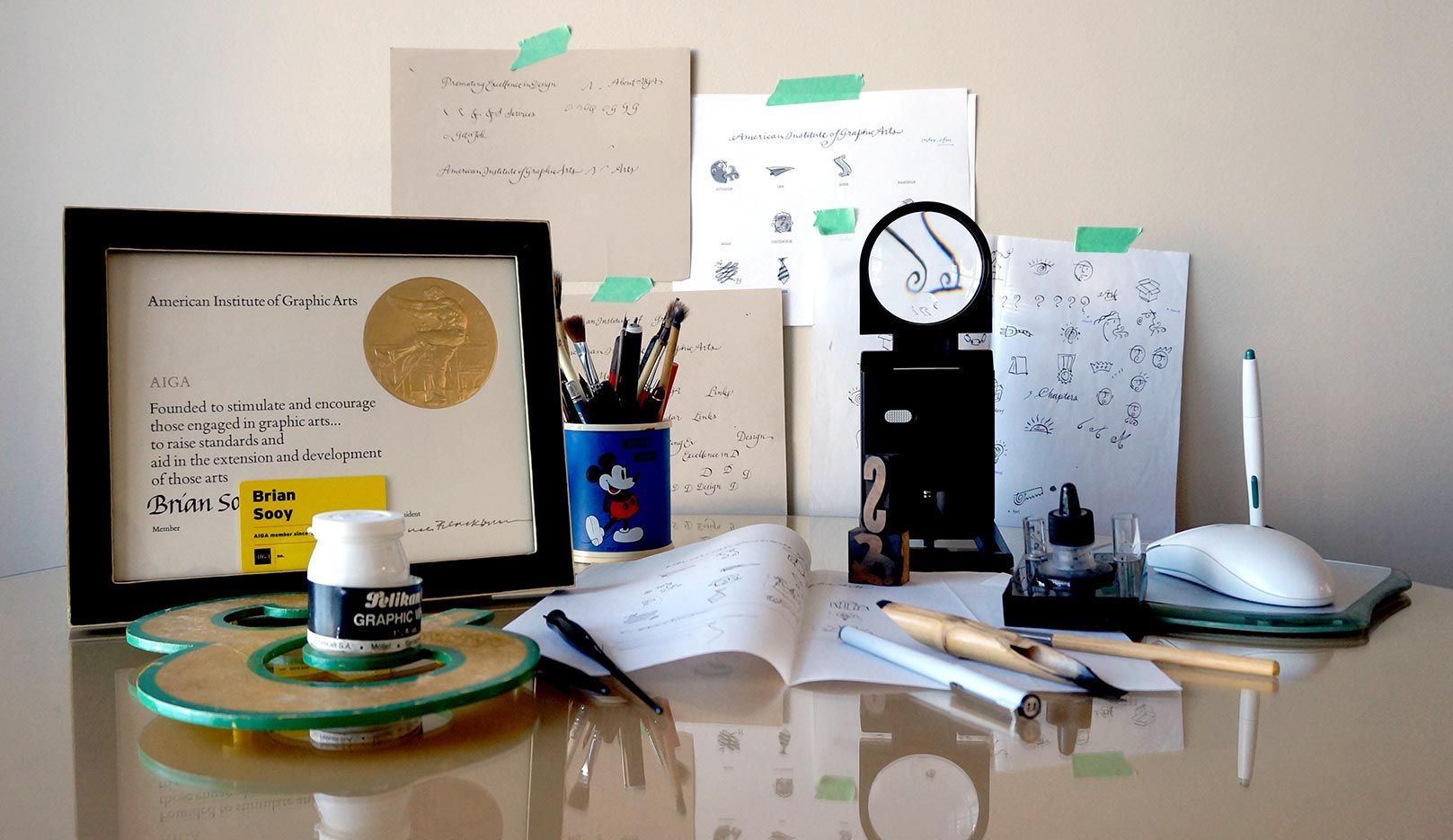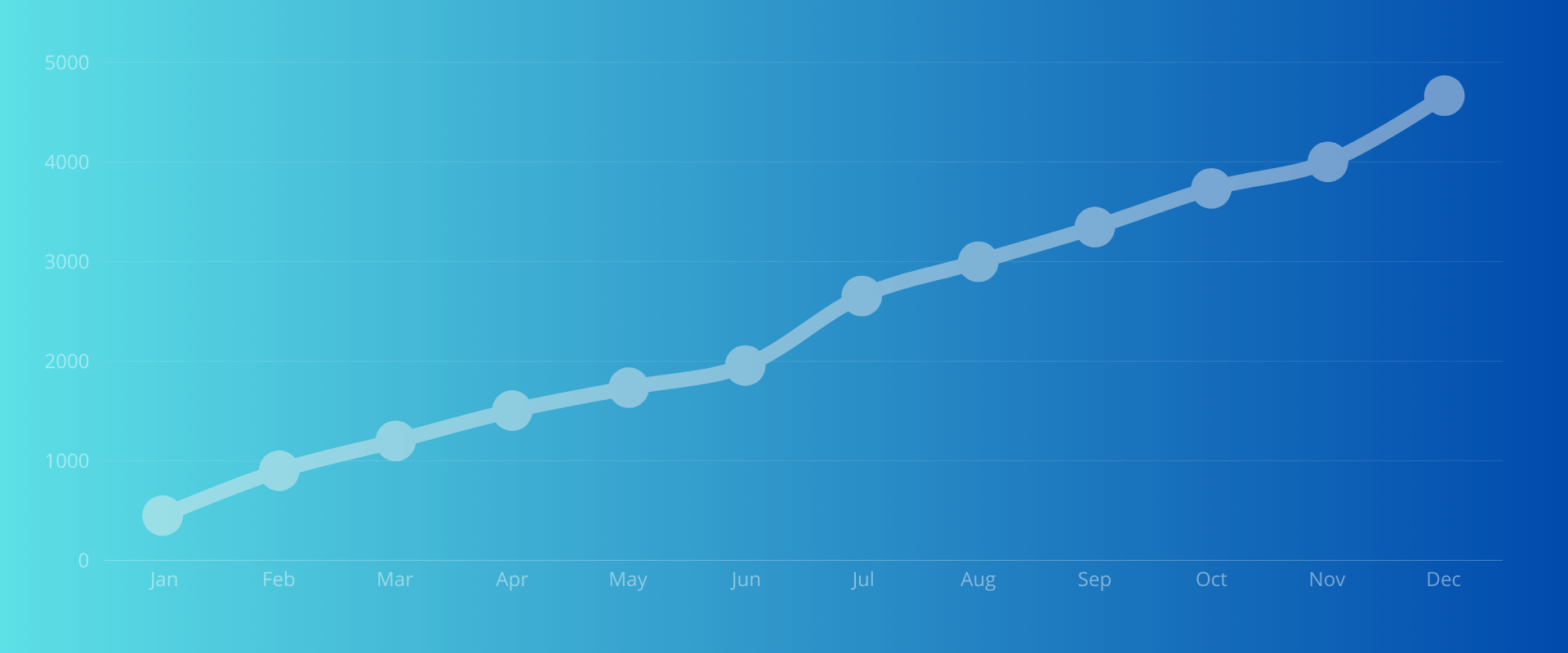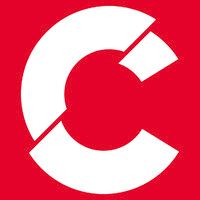Digging Through the Past: Uncovering Designosaur Bones
We sold our office condo last year, which meant my business partner and I had to dig through and dispose of forty years’ worth of stuff. We felt like archeologists and paleontologists.

Forty years ago, designers measured type with a type gauge. We drew circles with a circle guide and wielded T-squares to create straight lines. We ordered headline type from Phil’s Photo and had to send photographic film out to be developed before we could see a contact sheet.
We visualized on tracing and layout paper instead of pushing pixels. The printing company scanned photos. We ordered galleys from the typesetting bureau and used wax or rubber cement to adhere them to art boards we created using non-photo blue and Rapidograph pens. (Rapidograph pens were guaranteed to be clogged whenever you needed to use them or become clogged during their use.)
If it sounds positively primitive, it was. Were some of us affected by the chemicals in the rubber cement? Perhaps. Was it exciting? Of course. Was it exciting because of the effects of the chemicals? I can’t remember.
For those of you under forty, consider this perspective: Thirty years is long enough to pay off a mortgage. I've been married for forty years, as long as I've been a practicing designer. I've learned a few things along the way.
I was a member of AIGA Cleveland for forty years, but I ended my membership this year because I no longer found it relevant. When I first joined, members received a membership certificate emblazoned with a gold hot-stamped AIGA Medal, signed by the current president.
Now, members might receive a shiny membership card and a variable-data imprinted letter printed on laser-compatible generic card stock, along with access to an online portal. There’s value in mementos and markers that mark our professional journey.
I noticed that my AIGA membership card is nearly the same color as a Subway gift card, similar to Pantone Yellow. I may have tried to buy a sandwich with my AIGA card; next, I'll try to gain entrance to an AIGA event with my Subway card.
Big Brother
Do you remember what happened in 1984? OK, do you know what happened in 1984? (Sorry, I forgot—some of you weren't born yet.)
I graduated from Bowling Green State University (BGSU) School of Art in 1984. At that time, the design program included a total of five design classes. I had enough fine art credits that I should have declared a minor in painting. Since then, the program has matured to include a Master of Design (MDes) in Integrative Design. Only a select few are aware that I consulted with the Design Division leadership team to shape and define the program’s onlyness.
Apple also introduced the Macintosh in 1984. According to my parents, the Macintosh release event was almost as significant as my graduation (Coincidence?). Shortly after graduation, as a designer in my first post-graduate job, the founder rolled a Macintosh 512K into my wood-paneled office at the book publishing firm and said, “Learn this.”
I'll translate. 512K stands for 512K of RAM. You had more memory in your classic Second-Generation iPod.
Fast forward. I was invited to work with AIGA National on their first website in 1988. The lead firm on the project was cleverly named innov8 or something similar; their idea was to give the site visitor a choice of interface designs that would be overlaid on the content. It seemed like a good idea at the time. In retrospect, it was a terrible idea.
Fast forward again. In 1995, I was asked to create a promotional piece for Matthew Carter's AIGA Cleveland talk, pairing photos from photographer Barney Taxel with Carter’s iconic typefaces. Of course, you’re all familiar with Matthew Carter, type designer? Look him up on Wikipedia… He designed Bell Centennial, the typeface used in phone books. Phone books? OK, never mind.
My type design work and involvement with AIGA introduced me to David C. Baker, a business consultant and principal of Punctuation and my first publisher; the late Doyald Young, a type designer, lettering artist, and author; Marty Neumeier, author of The Brand Gap and The Brand Flip; and type designers such as Erik Spiekermann and Jim Parkinson. All have influenced my work.
30 Years of Design Leadership
This flip book is optimized for a laptop or desktop screen.
Design Paleontology
All this design paleontology makes me think of younger design and marketing professionals. There’s more change occurring faster than ever before (Perhaps you’ve heard of AI.)
Forty years from now, your interests, your opportunities, and your skills will have changed. You'll go through phases in your career (you may even change careers, but once a designer, always a designer).
My path was consistent with many in the design profession: from junior designer to designer to art director; from lettering artist to creative director; from part-time professional at a national greeting card company to design firm principal, from type designer to strategist to author, and still a designer. Each path you walk is part of the long journey of a life of design.
The secret to longevity in your career isn’t about what you do; it's how you think.
Technology changes, styles evolve. Have the courage to reinvent yourself. What you created yesterday is now a historical artifact or part of the solid waste stream. The world will always need design thinking and problem-solving to create value and profit for your company and others.
None of us gets from where we were to where we are without building upon those whose work and thinking we admire; nor can we escape the influence of those who laid the foundation of process, aesthetic, and technology upon which we build.
Even if you're reading this article forty years from now, design will play a role in your journey. Two or three people might remember me, but I hope I’ve created a legacy that you’re carrying forward.
Once a designer, always a designer.
Do you have a hard time explaining what your company does or why your brand matters to people?
If you struggle to grow your business, you’re not alone. Aespire can help you create a clear message and brand that helps you grow your business. Contact us today for a consultation with a StoryBrand Certified Marketing Guide.
Get a Free Comprehensive Marketing Assessment
Stop hoping your marketing will sort itself out.
- Complete this free assessment in 15 minutes.
- Review your custom report (and schedule a 30-minute review) to diagnose what’s happening.
- Create an action plan to get your marketing back on track.







